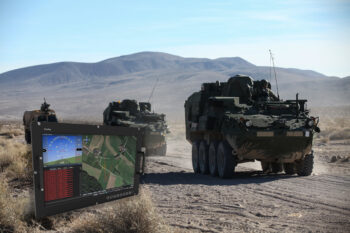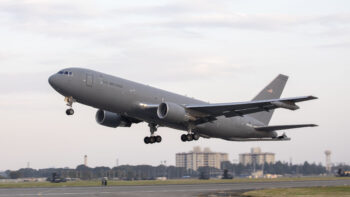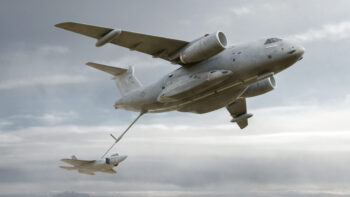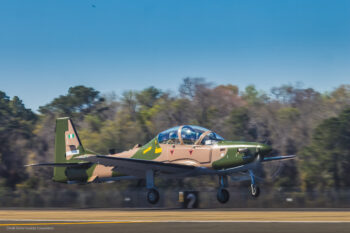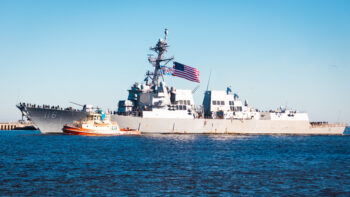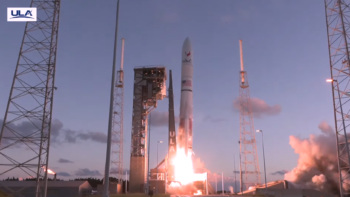
The Little Innovator in Space Situational Awareness (LISSA), will incorporate as its primary payload a UK experimental short wave infrared (SWIR) camera. It will be deployed from Canada’s Redwing demonstration satellite designed to keep tabs on space objects over the South Pole. (Image: UK Defence Science and Technology Laboratory)
WASHINGTON — The UK and Canadian defense ministries are planning a joint on-orbit demonstration to keep eyes on satellites and space junk whizzing over the South Pole as part of an ongoing Canadian pilot project to improve space domain awareness.
“Space objects over the Earth’s South Pole is less monitored than the North Pole and the mission will inform future space surveillance considerations based on findings from the mission,” according to a UK government press release Thursday.
The UK’s Defence Science and Technology Laboratory, on behalf of the Ministry of Defence (MoD) and UK Space Command, will contribute an experimental sensor package to the “Redwing” project, managed by Canada’s defense research organization, Defence Research and Development Canada (DRDC), the release said.
“This international research cooperation between the countries provides the opportunity for joint collaboration and for developing prototype infrastructure and data processing architecture,” the UK release said.
Redwing was initiated in March 2023 with a $15.8 million CAD ($11.7 million USD) contract to a consortium led by Magellan Aerospace, headquartered in Winnipeg. The project expects to launch a small satellite in 2027 to an orbit around the North and South poles of about 575 kilometers above the Earth’s surface.
The project now has exercised a “contract option to add a $900,000 subsatellite to the Redwing project … known as Little Innovator in Space Situational Awareness (LISSA),” the DRDC’s Thursday press release explained.
LISSA, a nanosat about the size of a cereal box, will be deployed after Redwing is in orbit to fly “in tandem” with it at about 200 kilometers apart carrying the UK’s sensor payload, the UK government release said.
The payload is a short-wave infrared (SWIR) camera, Canada’s press release explained, that “records outside the visible light spectrum and will address the technical challenge of reflected light from clouds and ice in the South Pole region during the Antarctic summer.
“Together they will test how to provide better space domain awareness with a focus on mega-constellations, which orbit at less than 2,000 km altitude. However, Redwing will also be capable of monitoring objects in altitudes approaching the Earth’s moon, known as cis-lunar orbits, at roughly 380,000 km,” it added.
US Space Command long has been interested in improving space monitoring of the Southern Hemisphere, where the US military has few radars or telescopes. It also has been increasingly interested in keeping eyes on space activities in the vast region of space between the Earth and the Moon, in large part due to concern about China’s lunar ambitions.
Secretive space plane X-37B to test ‘first of a kind’ maneuvers for shifting orbits
US Space Command has been clamoring for new technology to enable “dynamic space operations,” which include “sustained” maneuvering that doesn’t eat up fuel to allow US military spacecraft and satellites to outrun suspect adversary satellites — or potentially be able to chase those suspect birds down both to assess any threats and possibly take action to neutralize them.


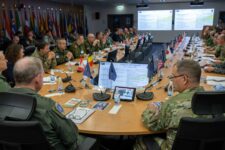



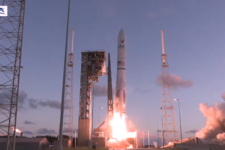

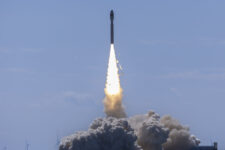
![Apex Anduril Image[82]](https://breakingdefense.com/wp-content/uploads/sites/3/2024/10/Apex-Anduril-Image82-1-e1727799837617-225x150.png)






